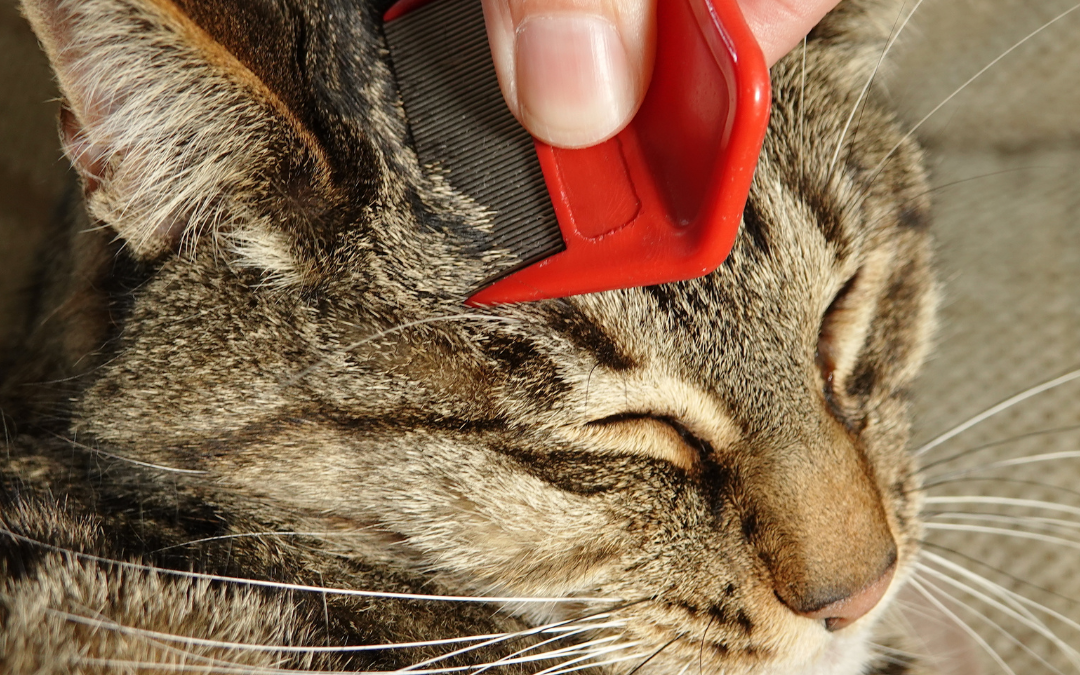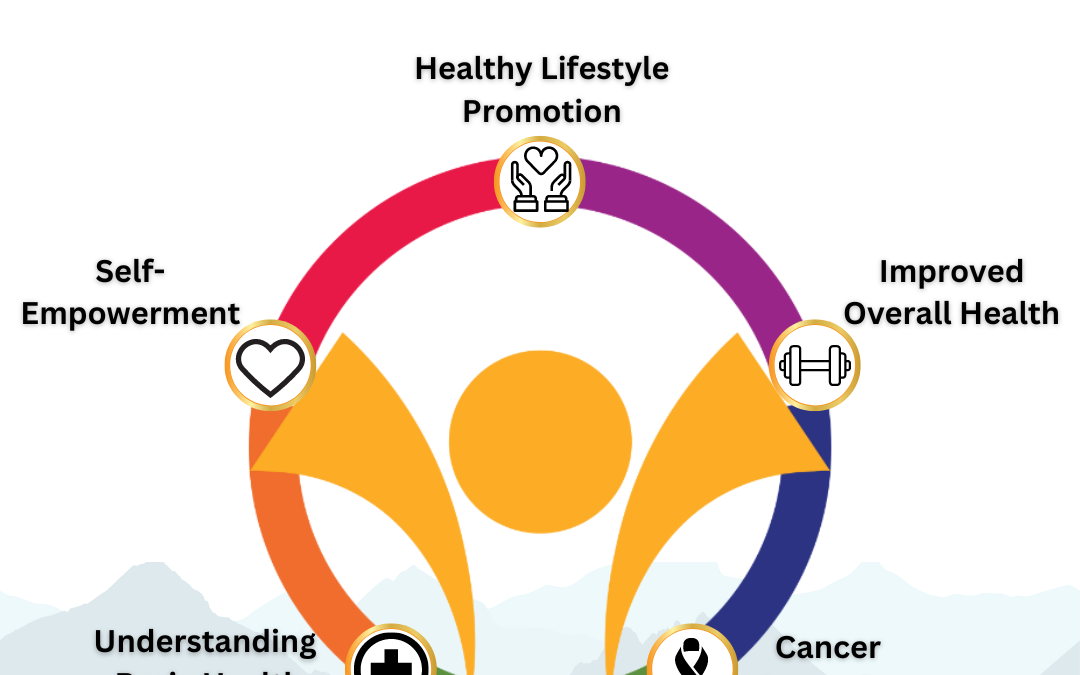
by Renee Aufdermauer | Dec 18, 2024 | Being Well, Featured, Uncategorized
Michael “Smily” Hurliman’s story begins like many others—a high school kid longing to fit in and be accepted. In his teenage years, Michael quickly became known as the guy who could bring alcohol to the party, earning a false sense of popularity. What started with drinking alcohol soon led to smoking weed, and eventually, Michael was introduced to methamphetamine.
By the age of 17, Michael’s life had already begun to spiral out of control. His first visit to rehab came that year, but quickly relapsed into a destructive cycle of drug and alcohol abuse. Trouble with the law followed. Michael later described this period not as feeling defeated, but as being depleted—there was a void he didn’t yet know how to fill.
Another stint in treatment seemed hopeful but ultimately he failed to remain clean. Michael’s addictions deepened, and he began selling drugs, further entrenching himself in a life of lawlessness. His family, heartbroken and desperate to save him, staged an intervention when he was 21 years old. The confrontation triggered a torrent of emotions, and Michael retreated to his room in frustration.
It was in this pivotal moment that Michael’s fate took a remarkable turn. Holding a nickel he considered lucky, he made a decision. “Heads, I’ll go to treatment,” he said to himself. “Tails, I’ll go on the run.” When the coin landed on heads, Michael honored the result and entered treatment once again.
This time, he stayed clean for a while, but the consequences of his past caught up to him. Arrested for crimes committed during his years of addiction, Michael faced another battle.
After serving his time on parole, Michael moved to Hillsboro in hopes of starting fresh. Unfortunately, he quickly fell back into the grip of drugs and alcohol. It wasn’t long before he met the woman who would become the mother of his son. With the news of a baby on the way, Michael and Jessica made the decision to clean up their hard drug use and try to build a better life for their growing family. For a time, things seemed to be going well. But the pull of addiction was never far behind.
As the years went on, Michael found himself struggling once again. But when Jessica was diagnosed with cancer, everything changed. She fought bravely for almost 11 months before passing away, leaving Michael in a deep state of grief and despair. Her death only worsened the hold addiction had over him.
Hit hard by the loss of his partner and the mounting pressure of his addiction, Michael reached rock bottom. He realized that he couldn’t keep running from his problems and was deeply missing his son. With a long list of warrants, unpassed drug tests, and the looming threat of prison, Michael made a life-changing decision. He called his parole officer and said he wanted to turn himself in and face the consequences.
During court, Michael learned that he qualified for rehab, a decision that would become the turning point he had been waiting for. His prayer was answered, and Michael entered treatment once again, determined to break free from the chains of addiction. This time, he committed himself to staying clean.
Michael returned to Tillamook, drawn by the support system, resources, and people who had successfully overcome similar struggles. He knew he needed to be in an environment that would help him stay on the right path. He joined the reentry program offered at Helping Hands, began attending meetings at the Serenity Club and began rebuilding his life.
Getting clean has transformed Michael in ways he never thought possible. He is now a devoted father to his 15 year old son, and has a steady job at Bob J. Johnson Flooring, and holds the position of President and Board Member of the Serenity Club, where he has served in various roles. His experiences have fueled a deep passion to give back to his community. Michael dreams of helping others break free from addiction and regain their lives, just as he has done.
Michael’s Advice for Those Struggling
For anyone battling addiction, Michael offers simple yet powerful advice: “Just show up to a meeting.” Taking that first step to connect with others who understand what you’re going through can make all the difference. Surround yourself with a clean and sober community—friends who will support and encourage your recovery journey. Building those connections is key to staying on the path toward a better life.
During his time in treatment, Michael found strength in two quotes told to him by an old guy named “1 Legged Larry” that deeply resonated with him:
“All you have to do is change everything.”
“Do the next right thing.”
If you or someone you know is looking for support on their recovery journey, there are local resources available to help:
– Serenity Club Tillamook : 5012 Third St. Tillamook, 503-842-1115 (check out their website for meeting days/times
– Celebrate Recovery : Tillamook Church of the Nazarene, 2611 Third Street, Tillamook; 503-842-2549 and St. Mary’s By the Sea, 275 S. Pacific Street, Rockaway Beach, 503-318-2370
– Helping Hands Reentry Outreach Centers- Tillamook Hope Center : Contact Brianne Prince (503) 354-8014
These organizations provide valuable support, community, and tools for overcoming addiction and rebuilding a better life. Remember, you’re never alone—help is available, and recovery is possible.

by Renee Aufdermauer | Dec 5, 2024 | Featured, Uncategorized
Our pets bring joy, companionship, and a sense of well-being to our lives, playing a key role in our overall wellness. Whether it’s a wagging tail greeting us at the door or the soothing purr of a cat, pets help reduce stress and enhance our happiness. However, when fleas invade their space—and ours—it can quickly become a source of stress and frustration. Fleas not only irritate our pets, causing itching and discomfort, but they can also become a nuisance for the entire household. Taking proactive steps to manage fleas helps ensure that the wellness our pets provide is not overshadowed by the challenges these tiny pests bring.
While fleas can be a challenge, there are effective, budget-friendly, and non-toxic ways to tackle the problem. Fleas not only discomfort pets but can also impact human health and the home environment. Thankfully, with consistent effort and the right approach, you can control fleas without resorting to expensive or harmful treatments, keeping your pets and your home a haven of wellness.
Understanding Fleas and Their Lifecycle
Fleas are small but tenacious insects that thrive in warm, humid environments. They go through a complex life cycle with several stages, including eggs, larvae, pupae, and adults. Each stage can resist typical insecticides, which is why it’s important to address fleas at all stages of their life cycle to fully eliminate them. According to the CDC’s guidelines on flea control, a comprehensive four-step process is the most effective way to manage a flea infestation.
The Process to Manage Fleas in Your Home
Sanitation:
Thorough cleaning is the first and most important step in controlling fleas. Fleas and their eggs can hide in pet bedding, rugs, carpets, and even along the edges of walls. To break the flea life cycle, wash all bedding, rugs, and pet bedding in hot water, then vacuum thoroughly, including floors, carpets, and areas along walls. Sweep hard floors and vacuum often to pick up any stray fleas or eggs. This helps to reduce the flea population in your home without relying on toxic chemicals.
Pet Treatment:
It’s essential that every pet in the household is treated. Start by bathing your pets with soap and water to gently kill adult fleas. After the bath, use a flea comb to remove any remaining fleas, paying close attention to the face, neck, and area in front of the tail. Be sure to consult with your veterinarian to choose the best non-toxic flea treatment for your pets. There are many natural flea treatments available that don’t contain harsh chemicals, and your vet can guide you on the safest options.
Home Treatment:
Home treatment should begin at the same time as pet treatment to ensure that the flea life cycle is disrupted. While commercial pest control applicators can provide professional help, there are also natural home treatments available, like diatomaceous earth (food grade), which can be sprinkled around areas where fleas tend to hide.
Follow-Up:
Fleas are tough and resistant to insecticides at various stages of their life cycle. To fully eliminate fleas, you’ll need to follow up with additional treatments. The CDC recommends that you apply two or more follow-up treatments within 5-10 days after the initial treatment. Continue regular vacuuming and cleaning during this period to pick up any remaining eggs and juvenile fleas that might have been missed in earlier treatments.
Fleas are a common challenge for pet owners, but with the right approach, you can manage them without relying on expensive or toxic products. By following the CDC’s four-step process and integrating natural flea control methods, you can protect both your pets and your family from these pesky insects. Regular cleaning, pet treatments, home interventions, and follow-up care are essential to breaking the flea life cycle and keeping your home flea-free.
For more information visit: https://www.cdc.gov/fleas/section-name/index.html
For more local health and wellness information, visit www.tillamookcountywellness.org or follow Tillamook County Wellness on Facebook and Instagram.

by Renee Aufdermauer | Sep 6, 2024 | Eat Well, Featured, Lunch & Snack Recipes, Recipes
Prep Time: 10 minutes
Ingredients
- 1 banana, cut in half crosswise and again lengthwise
- 1 cup Greek yogurt (plain or flavored)
- 1 cup whole-grain fortified cereal (check the Nutrition Facts label)
- 1 teaspoon honey (optional)
- 1/4 cup sliced strawberries (fresh or frozen)
- 1/4 cup canned pineapple pieces (fresh or canned in 100% juice and drained)
Directions
- Wash hands with soap and water.
- Place 2 pieces of banana next to each other in each of the 2 cereal bowls.
- Over the banana in each cereal bowl, spoon half the yogurt and sprinkle half the cereal. Drizzle with honey, if desired.
- Top with fruit and serve.
- Refrigerate leftovers within 2 hours.
Notes
- Try any fruit, such as blueberries and sliced peaches.
- Look at a cereal’s Nutrition Facts label to see if it is fortified with added nutrients such as B12.
- Use any type of yogurt. Look at the Nutrition Facts label for nutrients of concern such as protein, calcium, saturated fat and added sugars.
Photo & Recipe Source: https://www.foodhero.org/recipes/high-protein-banana-split

by Renee Aufdermauer | Jul 26, 2024 | Being Well, Featured
As we close our Health Literacy campaign, we reflect on the vital role of personal health literacy in enhancing our community’s well-being. Personal health literacy is more than just understanding health information—it’s about effectively finding, interpreting, and using that information to make informed decisions for yourself and your loved ones.
Thanks to the support of the Knight Cancer Institute Community Partnership Program, we’ve been able to shine a spotlight on health literacy over the last 3 months. Our goal has been to help you understand how and when to access the best care for the best possible health outcomes. Here’s a summary of the key topics we’ve covered:
Take Charge of Your Health
Health literacy means making informed choices about your well-being. From understanding prescriptions to navigating healthcare systems, knowing how to make the best health decisions is crucial.
Your Primary Care Provider is Your Advocate
Regular check-ups with your provider are essential for maintaining health and catching problems early. Your primary care provider offers personalized advice, tracks your health history, and supports your well-being. Establishing a strong relationship with your provider ensures you receive timely care. Aim to visit your primary care provider at least once a year—don’t wait for issues to escalate.
Where to Go for Care and When
Understanding where to seek care is vital. For serious issues, head to the Emergency Room. For immediate but less severe concerns, Urgent Care is the place to go. For regular check-ups and ongoing health management, your Primary Care Physician is your go-to. Making quick and informed decisions ensures you receive the right care at the right time.
Your Health is Important, and So Is Your Voice
When visiting your provider, communicate openly. Share your concerns, ask questions, and discuss any symptoms or issues you’re experiencing. Your input is crucial—if you’re unsure about something, ask for clarification or explore other treatment options. Don’t hesitate to seek a second opinion if needed. Being actively involved in your healthcare conversation ensures you get the care you deserve.
Health Screenings for Cancer Prevention
Regular health screenings are essential for early detection and prevention of cancer. Early detection can save lives. Schedule screenings based on your age and risk factors to stay ahead of potential health issues. Knowing what screenings are recommended and when to get them can significantly impact your health outcomes and even save your life.
Stay Informed and Engaged
We encourage you to keep checking back on our website for ongoing information and resources. Your health is an ongoing journey, and staying informed is key to making the best decisions for your well-being. For more information on health literacy and resources available to you, visit https://tillamookcountywellness.org/be-well/health-literacy
By increasing your health literacy, you’re taking a significant step toward better health and a more informed approach to healthcare. Stay proactive, stay informed, and most importantly, take charge of your health!
For more local health and wellness information, visit www.tillamookcountywellness.org or follow Tillamook County Wellness on Facebook or Instagram.

by Renee Aufdermauer | Jul 5, 2024 | Eat Well, Featured, Recipes, Uncategorized
Give this Healthy Peach Ice Cream from the ‘Little Sunny Kitchen’ blog a try! Made with only 4 ingredients in just 5 minutes—no ice cream maker required!
Ingredients:
- 4 cups frozen peaches
- 3 Tablespoons honey or agave nectar
- 1/2 cup natural yogurt
- 1 Tablespoon fresh lemon juice
Add the frozen peaches, honey or agave, yogurt, and lemon juice into a food processor and process until creamy. Serve immediately or transfer it to an airtight container and store it in the freezer for up to 1 month.
Resource: https://littlesunnykitchen.com/five-minute-peach-ice-cream/





